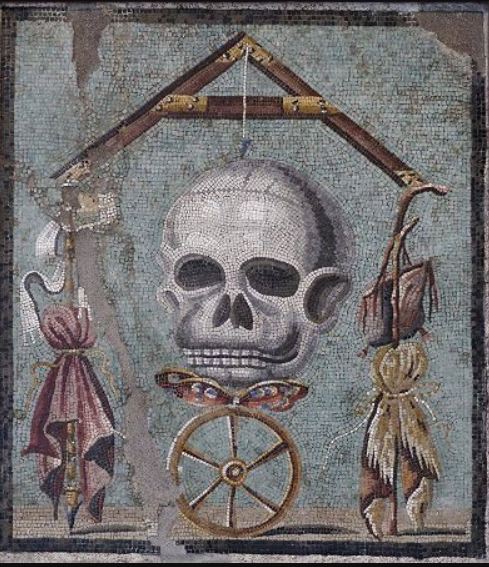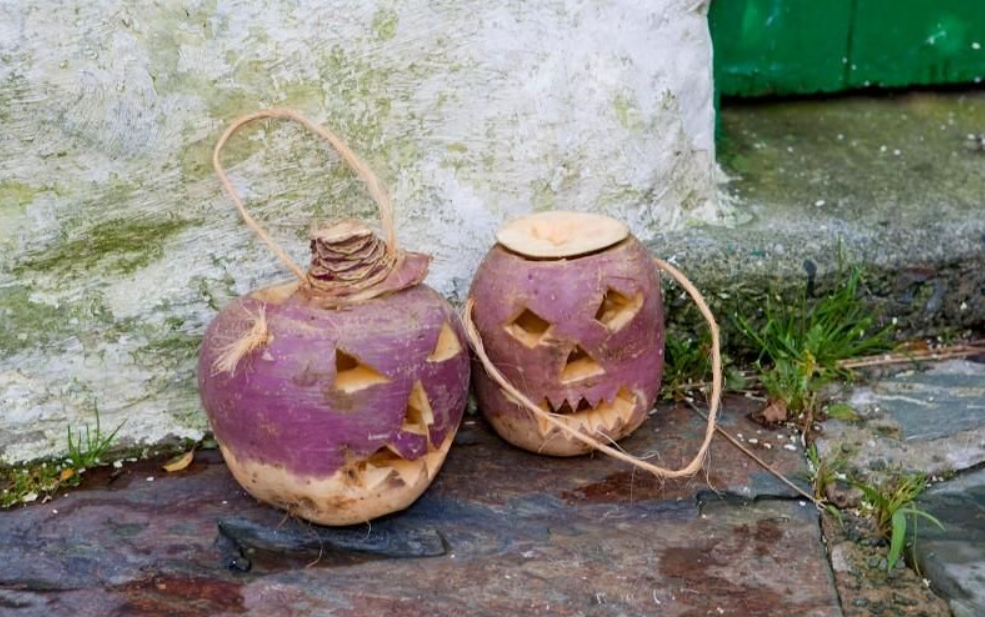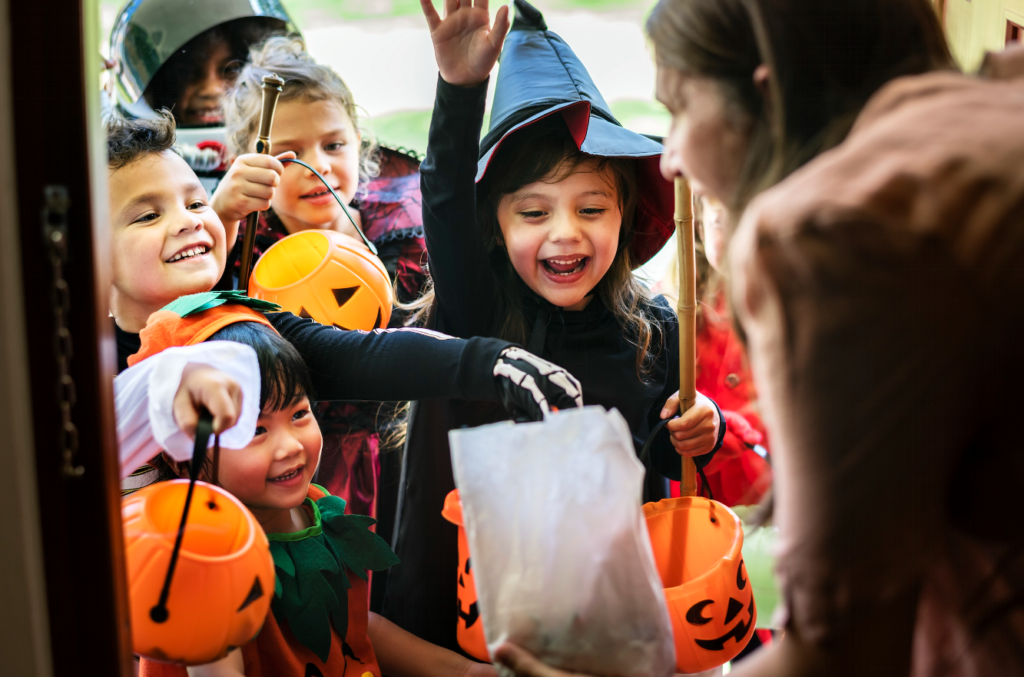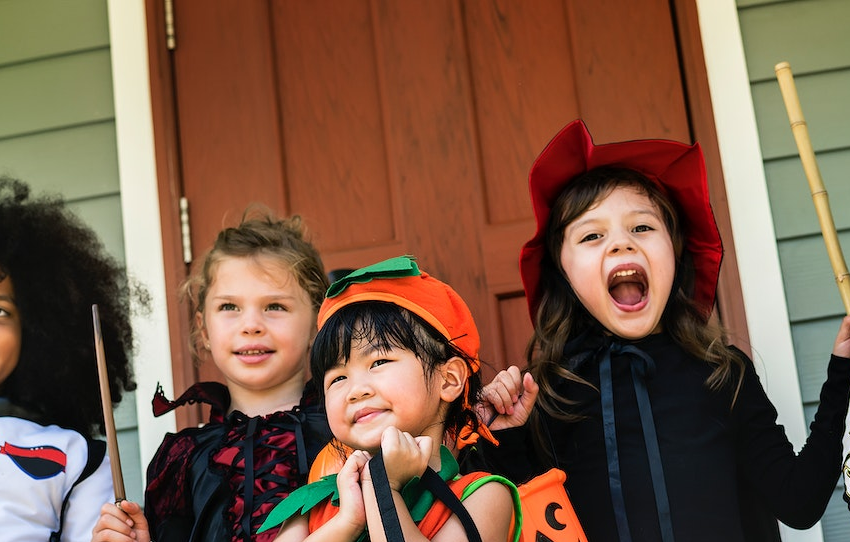Halloween, the spookiest time of the year, is a time when people dress up in costumes and go trick-or-treating. It is a time for fun and laughter, but have you ever wondered how this tradition came to be? The history of Halloween is fascinating and complex, with roots that date back to ancient times. In this article, we will explore the origins of trick-or-treating and other Halloween customs, and how they have evolved over time.
Ancient Roots of Halloween Customs

Halloween has ancient roots that date back thousands of years. One of the earliest influences on Halloween customs was the Celtic festival of Samhain, which was celebrated on November 1st. This festival marked the end of the harvest season and the beginning of winter, which was often associated with death. The Celts believed that on the night before Samhain, the boundary between the living and the dead was blurred, and that the spirits of the dead could return to earth.
To honor the dead, the Celts would light bonfires and offer food and wine to their ancestors. They also believed that the presence of the dead made it easier for druids, or Celtic priests, to make predictions about the future. During Samhain, druids would often gather around the bonfires to make predictions about the upcoming year.
Another festival that influenced Halloween customs was the Roman festival of Feralia, which was celebrated in late October. Feralia was a day to honor the dead and was marked by a public festival and a feast. The Romans also celebrated the goddess Pomona during this time, who was the goddess of fruit trees. This is where the tradition of bobbing for apples comes from, as apples were associated with Pomona and were seen as symbols of fertility and abundance.

As Christianity spread throughout Europe, it adopted many of the pagan customs of Samhain and turned the festival into All Saints’ Day, which was also known as All Hallows. The night before All Saints’ Day became known as All Hallows’ Eve, which eventually became Halloween. Despite its Christian origins, Halloween still retains many of its ancient pagan customs and traditions.
Medieval Halloween Customs
In medieval times, Halloween customs increasingly incorporated Christian elements. All Saints’ Day and All Souls’ Day were celebrated on November 1st and 2nd respectively. These were days to honor the saints and remember the dead. It was believed that the spirits of the dead returned to visit their living relatives on these days.
To honor the dead, people would attend church and offer prayers for their loved ones. In some regions, they would also visit cemeteries and leave offerings of food and drink on the graves of the deceased. These offerings were thought to help the spirits of the dead on their journey to the afterlife.
Another popular Halloween custom during this time was the carving of vegetables, particularly turnips, into lanterns. The lanterns were meant to represent the spirits of the dead and were placed in windows and doorways to ward off evil spirits. The custom originated in Ireland and Scotland, where turnips were abundant. Later, when the tradition spread to North America, pumpkins were used instead, as they were more readily available.

In addition to the turnip lanterns, people also wore masks and costumes during Halloween. The costumes were often meant to represent the dead, and the masks were worn to hide from the spirits of the dead, who were thought to be able to recognize and take revenge on their living relatives.
Trick-or-Treating

In the late 1800s, Halloween was primarily a holiday for adults. It was a time for parties, costumes, and pranks. However, as the 20th century approached, the focus shifted to children. In the early 1900s, communities across America began hosting Halloween parties and parades for children. These events often included games, costumes, and treats.
One of the earliest documented instances of trick-or-treating in the United States dates back to the 1920s in the city of Minneapolis. Children went door-to-door on Halloween night, dressed in costumes, and asking for treats. This practice quickly caught on and spread to other cities and towns across the country.
The rise of trick-or-treating in America can also be attributed to the mass marketing of Halloween by candy companies in the 1950s and 1960s. Candy manufacturers saw Halloween as an opportunity to increase sales and began advertising their products as “the perfect Halloween treat.”
The practice of trick-or-treating continued to evolve throughout the 20th century. Today, it is one of the most popular Halloween traditions in America and is practiced in many other countries around the world.
It is interesting to see how this practice has survived for decades, evolving and changing with time, to become a beloved tradition of children and adults alike.
References:
Bannatyne, L. (2010). Halloween: An American holiday, an American history. Pelican Publishing Company.
Caro, F. G. (2013). Halloween: From pagan ritual to party night. University Press of America.
Guiley, R. E. (2011). The encyclopedia of witches, witchcraft and wicca. Infobase Publishing.
Santino, J. (Ed.). (1994). Halloween and other festivals of death and life. University of Tennessee Press.
Sederholm, C. H., & Pyles, C. T. (Eds.). (2016). Haunted by politics: Ghosts in American culture. SUNY Press.
Skal, D. J. (2015). Death makes a holiday: A cultural history of Halloween. Bloomsbury Publishing.
Thompson, S. J. (2019). Trick or treat: A history of Halloween. National Geographic.
Zipes, J. (2017). The irresistible fairy tale: The cultural and social history of a genre. Princeton University Press.

